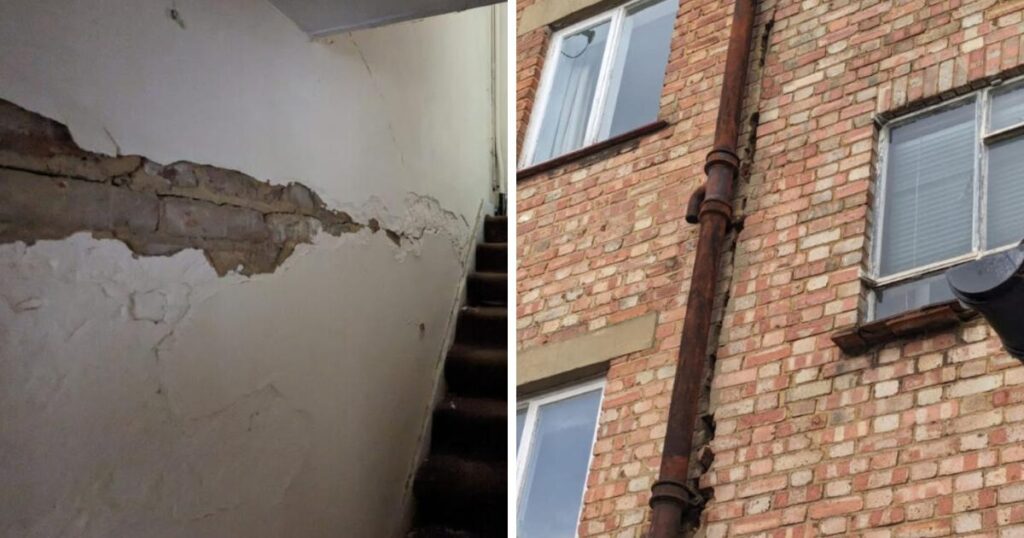A visible gap was appearing between Lipa Friedman’s house, in Hamilton Park, Islington, and the neighbouring property.
But instead of a traditional construction project that would have involved excavation and underpinning with concrete, Mr Friedman called in Geobear, a specialist ground engineering firm based in Finland.
North London clay shrinkage tackled with advanced geopolymer injection (Image: Geobear) The company sorted the structural damage seven times more quickly than regular methods.
This meant that the residents could remain in the house.
The 1960s townhouse, set to be converted into four new apartments, stands on a narrow pedestrian street surrounded by homes, businesses, and community life.
A repair method that was fast and reliable was essential.
Homes across north London, especially those built on soft clay soils, are increasingly affected by subsidence.
A site investigation found that the clay beneath the building had dried out and shrunk as deep as five metres below the basement.

Craig Dean, residential director at Geobear, said: “The damage, resulting from prolonged ground movement, included visible rotation, significant subsidence, and separation from the neighbouring property.
“Traditional underpinning with concrete would have required project permission delays, heavy excavation, noisy equipment, and weeks of curing.”
“Instead, a non-invasive ground stabilisation method was chosen using our geopolymer resin injection system.
“The team improved the soil beneath the foundations and carefully lifted the building back into position.
“The entire process was completed in just nine days, a dramatic improvement over the nine to eleven weeks expected for underpinning.”

The rapid turnaround meant conversion to apartments could start straight away, compared to the estimated nine to eleven weeks of traditional underpinning.
The work also reduced the project’s carbon footprint by over 1,400 kilograms of CO₂, helping meet borough council local goals for lower-impact building.
Mr Friedman said: “After experiencing structural issues at our Hamilton Park property, we were concerned about safety, access, and the disruption traditional repairs would cause.
“Geobear’s treatment was remarkable, it stabilised our ground and achieved a 47 mm lift in just nine days.”
“The non-invasive approach meant minimal disruption to our property.
“The speed and precision of the work was impressive, and we’re delighted with the results.
“I wouldn’t hesitate to recommend Geobear to anyone facing similar foundation challenges.”
Mr Dean continued: “Clay ground movement affects thousands of properties across London, but with the right approach and identifying the danger early, it doesn’t have to mean major disruption.
“Our goal is always the same, to make homes safe again, quickly and without forcing people out of their neighbourhoods.
“In Islington, we were able to do just that, helping ensure that new housing could move forward with minimal disruption to the community.
“Are you experiencing structural issues in your home?
“Reach out to our ground engineering team — we’re here to help.”




